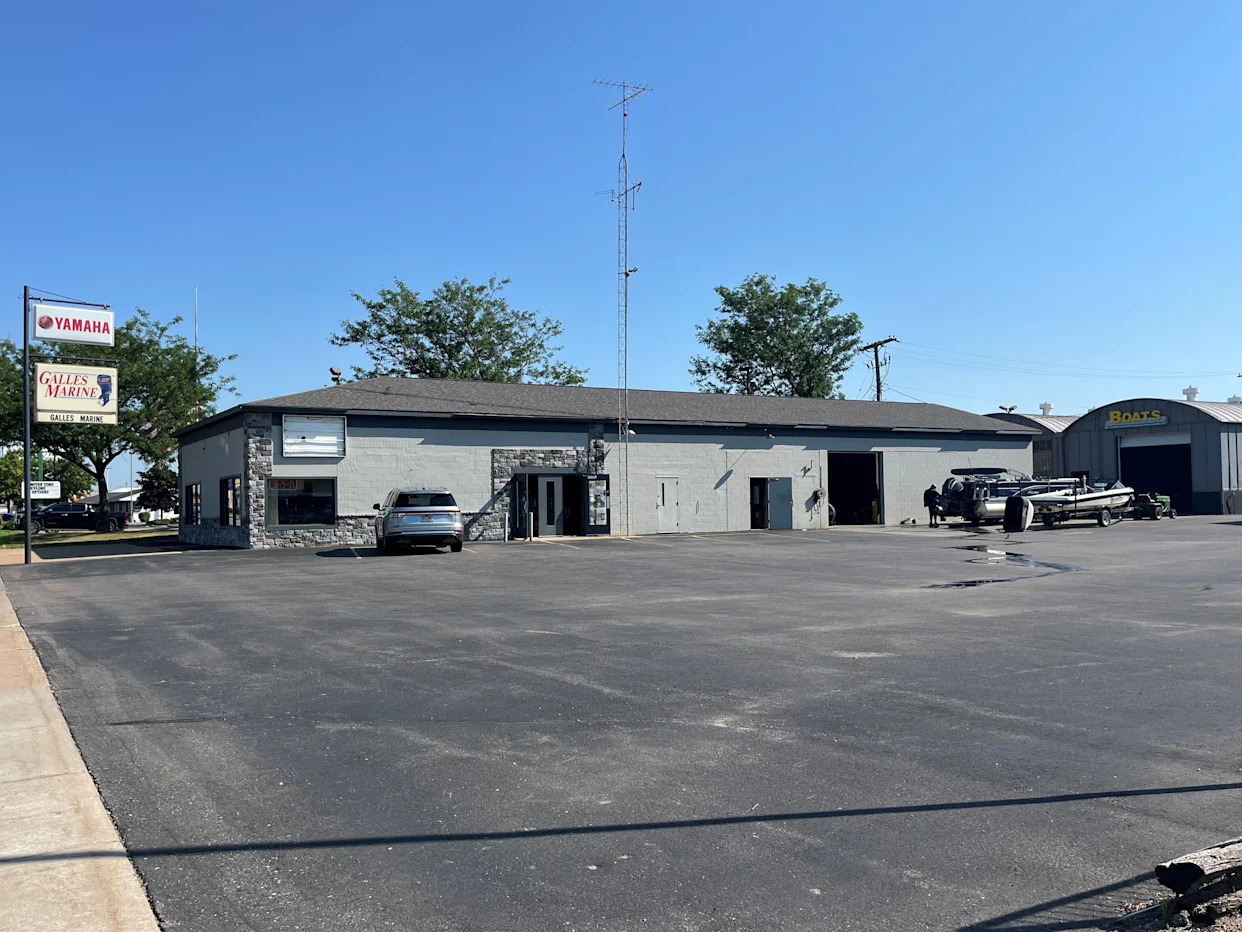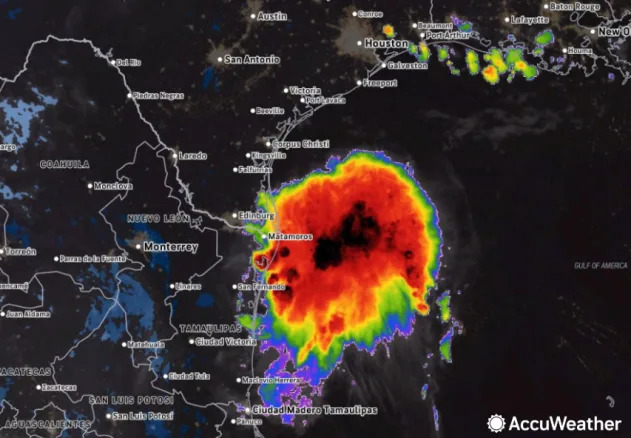
Helicopters flew higher than allowed or close to landing and departing airplanes almost daily at Washington's Reagan National Airport in the year before January's deadly midair collision, a CBS News data analysis of recently released Federal Aviation Administration data reveals.
On the same routes as the Army Black Hawk involved in the collision, helicopters came within 500 feet of airplanes landing or departing from the airport's runways 99 times in 2024, the analysis shows. That's an average of nearly twice per week. Encounters within 1,000 feet occurred multiple times per day.
In the year leading up to the collision with an American Airlines flight, claiming the lives of all 67 aboard the two aircraft, one out of every 10 helicopters flying in that area were above the route's 200-foot altitude limit, according to analysis of the FAA data released as part of the National Transportation Safety Board's investigation into the crash.
The route was already tight, offering a maximum of 75 feet of margin between helicopters passing through and landing airplanes flying overhead, NTSB officials have concluded.
"What I'm trying to figure out is how do we not find this out until after an accident," the NTSB's Jennifer Homendy asked after presenting the FAA data during investigative hearings on Aug. 1. "How do we ensure that data is being evaluated and shared?"
"None of the airlines had identified any of the risk here, the Army hadn't identified the risk here, and we hadn't identified the risk," FAA acting deputy chief operations officer Nick Fuller said in response to the questioning. "I hope that the AI tools that we're developing will find some of the things that we are missing that we just can't catch, because most of the operations that we looked into were actually compliant."
Robert Sumwalt, former chair of the NTSB and CBS News' transportation safety expert and analyst, said the newly-public FAA data indicates such close operations between helicopters and airplanes may have been normalized.
"So, therefore it just looked like noise in the data that people really were not taking it as a serious risk. And as we now know the risk was unacceptable," Sumwalt said.
The FAA has been evaluating helicopter flight data for airports nationwide, relying on data similar to the information analyzed by CBS News. The effort has already led to safety changes at some airports, including Harry Reid International Airport in Las Vegas, where FAA officials said helicopter close encounters declined 30% in three weeks after action was taken earlier this year.
"The FAA took quick action after the accident to stop mixed traffic in the DC airspace," a statement released Thursday by the agency said. "We continue to work with the NTSB to support the ongoing investigation."
The data analyzed by CBS News came from two FAA studies completed in the months after the January crash, including one initiated by the NTSB. One examined helicopter altitudes near the airport in the year leading up to the crash and the other examined encounters between aircraft over periods of various lengths up to 52 months before the crash.
A third study has been requested but not yet received from the FAA, according to NTSB officials.
At least half of the helicopters flying routes within five miles of Washington National in the year before the collision were military flights, the FAA data showed.
Those flying missions similar to the Black Hawk involved in the crash came within 1,000 feet of other aircraft 687 times over the course of 52 months leading up to the crash. That's an average of more than three times per week.
The American Airlines flight from Wichita, Kansas involved in the collision was operated by PSA Airlines on a Bombardier CRJ-700 regional airliner. Both the airline and that model of jet were the most likely to depart or land at the airport during the 52 months leading up to the crash, the CBS News analysis of FAA data shows. They were also the most likely aircraft types to end up within 1,000 feet of a helicopter. The airline's flights were involved in a close encounter an average of four times per week, the analysis of FAA data shows.
The NTSB's investigation into the collision is ongoing. A final report with determinations about the probable cause is likely within the next year.
Passenger arrested after allegedly causing disturbance midair and forcing flight to divert








Comments